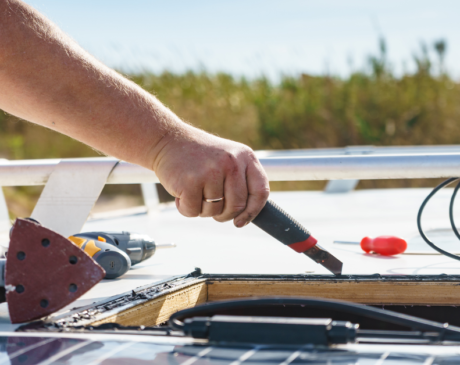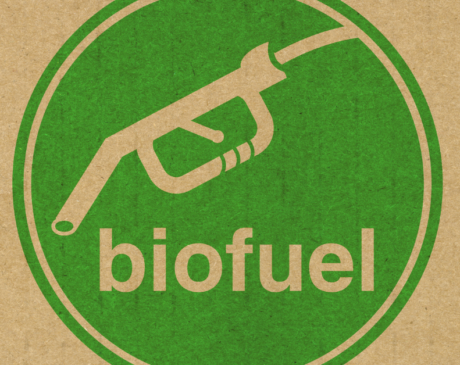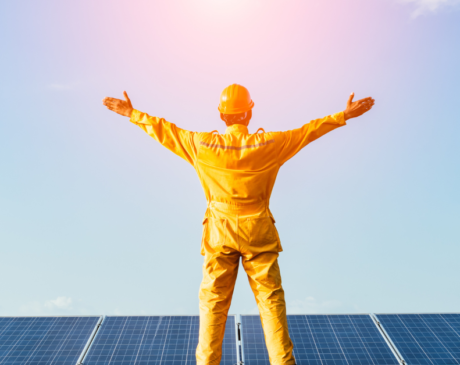Wind Turbine Technology: how it works
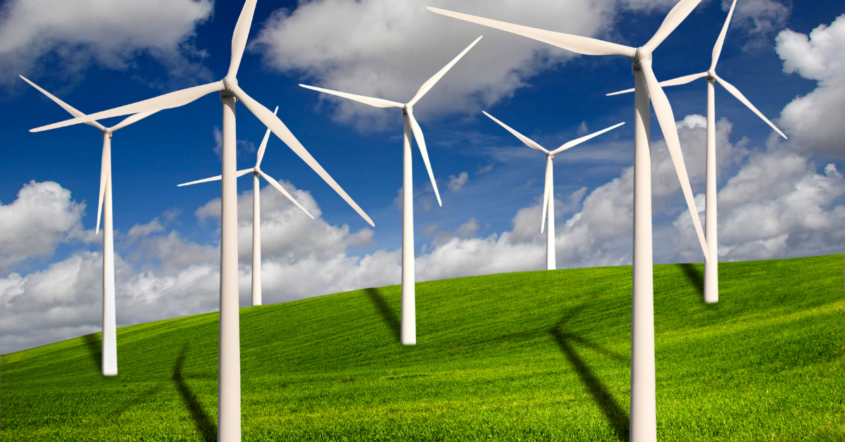
Wind turbine have become iconic symbol of clean, renewable energy and a pivotal component of the world’s transition towards a sustainable future. These towering structures harness the power of the wind to generate electricity, providing a cleaner alternative to fossil fuel-based energy sources.
But how exactly do wind turbines work? In this article, we will break down the fundamental principles behind these remarkable machines.
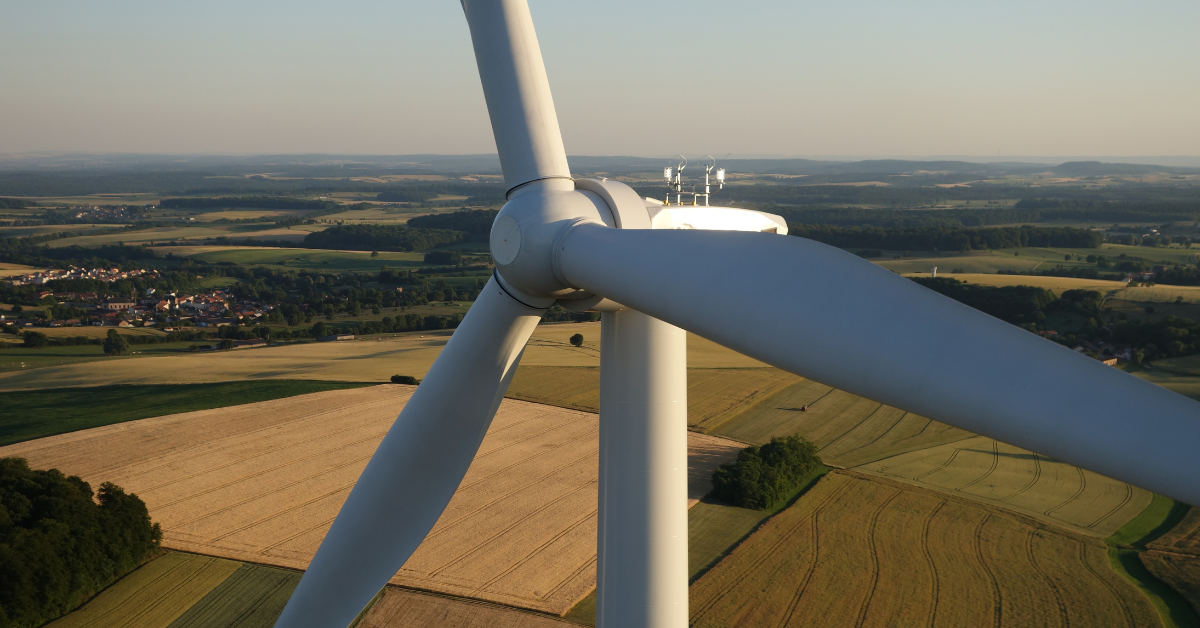
The Basics: Turbines and Kinetic Energy
At their core, wind turbines are electricity-generating devices driven by the kinetic energy of the wind. The process begins with a few essential components:
- Rotor Blades: Wind turbines have two or more rotor blades mounted on a hub. These blades are designed to capture the kinetic energy of the wind and convert it into mechanical energy.
- Nacelle: At the center of the rotor blades sits the nacelle, a housing that contains the vital components of the turbine. Inside the nacelle, you’ll find the gearbox, generator, and other crucial parts.
- Generator: The generator is the heart of the wind turbine. It transforms the mechanical energy from the rotating blades into electrical energy. Typically, wind turbines use electromagnetic generators, which work on the principle of electromagnetic induction.
The Wind’s Contribution: Lift and Drag
Wind turbines owe their functionality to the Bernoulli principle and the laws of aerodynamics. As the wind blows, it flows over and under the rotor blades. The shape and design of these blades are critical. They are engineered to exploit two main forces: lift and drag.
1. Lift: The curved shape of the blades creates a pressure difference between the upper and lower surfaces. This difference generates lift, similar to how airplane wings generate lift during flight.
2. Drag: As the wind strikes the blades, it also imparts a force called drag, propelling the blades to turn in the direction of the wind.
The combination of lift and drag causes the rotor blades to spin, which, in turn, sets the nacelle and generator into motion
Turning Wind into Electricity: The Generator
Inside the nacelle, the kinetic energy transferred from the rotor blades is converted into electrical energy. This is accomplished through a generator, typically an electromagnetic generator. Here’s how it works:
- The spinning motion of the rotor shaft turns a magnet inside the generator, and it creates a magnetic field.
- The magnetic field induces an electrical current in nearby copper coils, following the principles of electromagnetic induction as described by Michael Faraday in the 19th century.
- The alternating current (AC) generated in the coils is then transmitted through electrical systems and power lines to provide electricity for homes and businesses.
Wind Turbine Variations
There are various types of wind turbines, but the most common ones are horizontal-axis and vertical-axis turbines.
Horizontal-axis turbines are the traditional three-bladed designs that are most frequently seen, while vertical-axis turbines have a unique vertical rotor shaft.
How much power does a wind turbine produce?
The amount of power produced by a wind turbine can vary significantly depending on several factors, including the turbine’s size, design, wind speed, and the duration of its operation.
Generally, larger and more efficient turbines in areas with consistent, strong winds will produce more power. Here are some general guidelines:
- Turbine Size: Larger wind turbines tend to produce more power. Small residential wind turbines typically have a capacity of 1-10 kilowatts (kW), while utility-scale turbines can range from 1 megawatt (MW) to 8 MW or more. The capacity is a measure of the maximum power output under ideal conditions.
- Wind Speed: The power output of a wind turbine is highly dependent on wind speed. Wind turbines have a cut-in speed (the minimum wind speed at which they start generating power) and a cut-out speed (the maximum wind speed at which they shut down to avoid damage). They typically operate most efficiently in a specific range of wind speeds, known as the rated wind speed. Power output increases with wind speed up to the rated speed and decreases beyond that.
- Duration of Operation: Wind turbines generate electricity when the wind is blowing. Therefore, the actual power output will depend on how frequently the wind blows at the site where the turbine is installed. Sites with consistent, strong winds will have a higher capacity factor, meaning the turbine operates closer to its rated capacity.
- Turbine Efficiency: The design and efficiency of the wind turbine also play a role. Newer and more advanced designs tend to be more efficient at converting wind energy into electricity.
- Maintenance and Environmental Factors: Regular maintenance, environmental conditions (e.g., icing or salt exposure in coastal areas), and wear and tear can affect a turbine’s performance and power output.
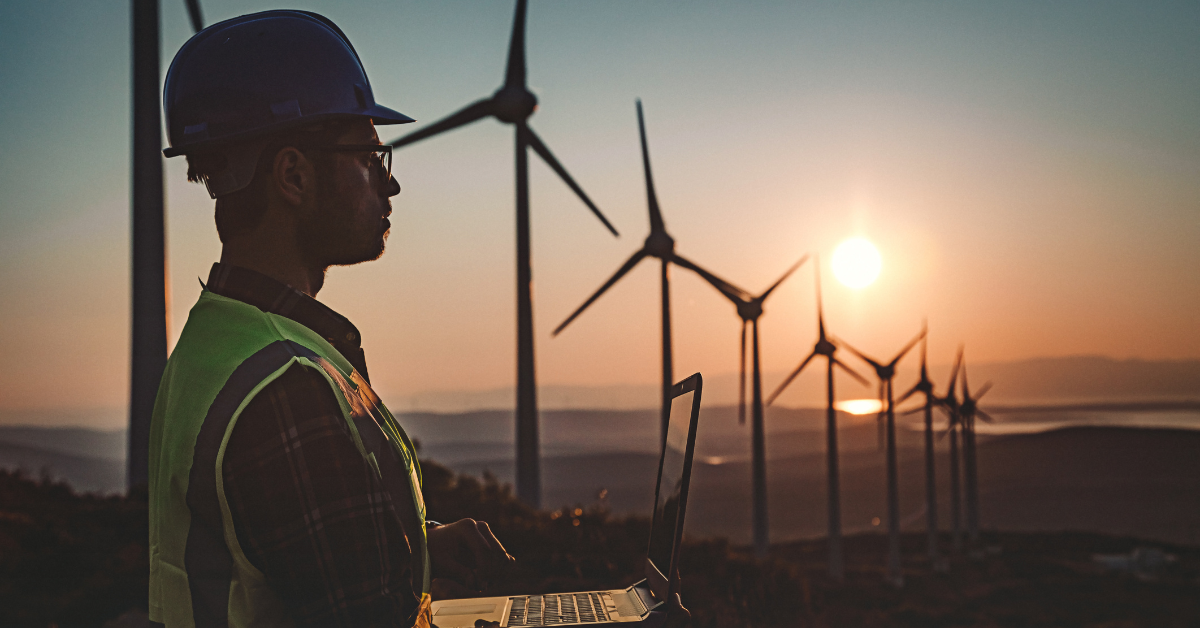
In general, a small residential wind turbine might produce a few hundred to a few thousand kilowatt-hours (kWh) of electricity per year, which can offset a portion of a household’s electricity consumption.
Large utility-scale turbines can produce millions of kWh (or megawatt-hours, MWh) annually. For example, a 2 MW wind turbine operating at its rated capacity for a year could produce approximately 4-6 million kWh (4-6 GWh) of electricity.
* It’s essential to note that these figures are approximate and can vary widely based on local conditions.
Environmental Benefits and Considerations
Wind turbines are celebrated for their role in reducing greenhouse gas emissions and combatting climate change. They provide a clean and sustainable source of energy, and unlike fossil fuels, wind is an abundant and naturally replenishing resource.
However, the installation and operation of wind turbines also present environmental considerations, including potential impacts on wildlife and visual landscapes, which are subjects of ongoing research and debate.
In conclusion, wind turbines are ingeniously designed machines that harness the power of the wind to generate electricity.
They exemplify the integration of science, engineering, and environmental consciousness in our quest for a more sustainable and cleaner energy future. As technology advances, wind turbines will likely continue to play a vital role in our transition to a greener and more sustainable world.

